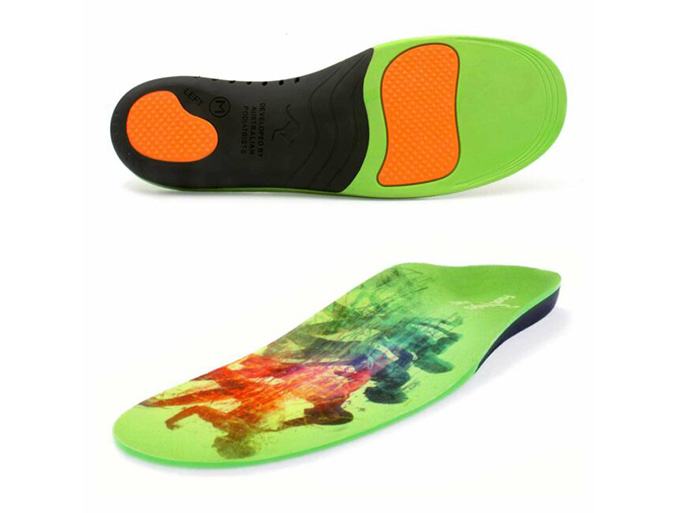"Shin Splints" is a general term used to refer to a painful condition in the shin. Pain or inflammation occurs either in the front or inside section of the shin bone.
Tightness and/or tenderness along the shins that comes on with a specific activity - especially running and walking for long distances. The pain usually settles upon resting. Shin pain is most common with people who have just taken up running or walking.
Shin splints are generally caused by excess stretching of muscles and tendons along the shin bones (tibia and fibula). Over-use in athletes in runners is the most common factor. Muscle imbalance, including weak core muscles, can cause lower-extremity injuries, plus inflexibility and tightness, all of which can lead to this painful condition.
Over-pronation of the feet is another major contributing factor. Over-pronation in simple terms is when a person rolls the feet/ankles either inwards. Excessive pronation is a biomechanical factor that leads to the internal rotation of the tibia, which in turn will increase the forces put upon the muscles and ligaments in the lower leg.

Depending on the nature of the condition you have a few options
If it’s bone related: Make sure to see a doctor for proper diagnosis. Stress injuries can become stress fractures, which can sideline you for a long time. Also, it’s critical that you employ dynamic rest. Find another activity that doesn’t load your legs. Swimming and stationary biking are good choices.
If it’s muscular: Two words: Foam roll. Part of the problem with shin splints is tight fascia, the tough material that wraps most of our muscles. Run your shins and calves over a foam roller for several minutes several times a day to help loosen the fascia. Manual massage can help as well.

If the problem biomechanical: try orthotics (arch supports) to help correct biomechanical problems in the feet and take the stress off the affected muscles.
In addition to the above ice is a common treatment option. In fact, icing your shin helps ease the pain, while bringing down the swelling. To secure maximum results, icing the shin should be done for 20-30 minutes every 3-4 hours. Non-steroidal anti-inflammatory drugs (NSAIDs), like aspirin, ibuprofen, or naproxen are also an option.
If none of these measures help, see a doctor or physical therapist. To help prevent Shin Splints it is very important for athletes and runners to slowly build up their level of activity and always have a solid warm-up.

FootActive orthotics are useful in the treatment of shin splints, in that they help prevent over-pronation. Correcting excess pronation will greatly reduce internal leg rotation, thereby reducing strain and tension on the muscles and ligaments in the lower leg.
We recommend FootActive Sports for sports shoes, joggers, runners, cross-trainers and FootActive Football for soccer and football boots.
